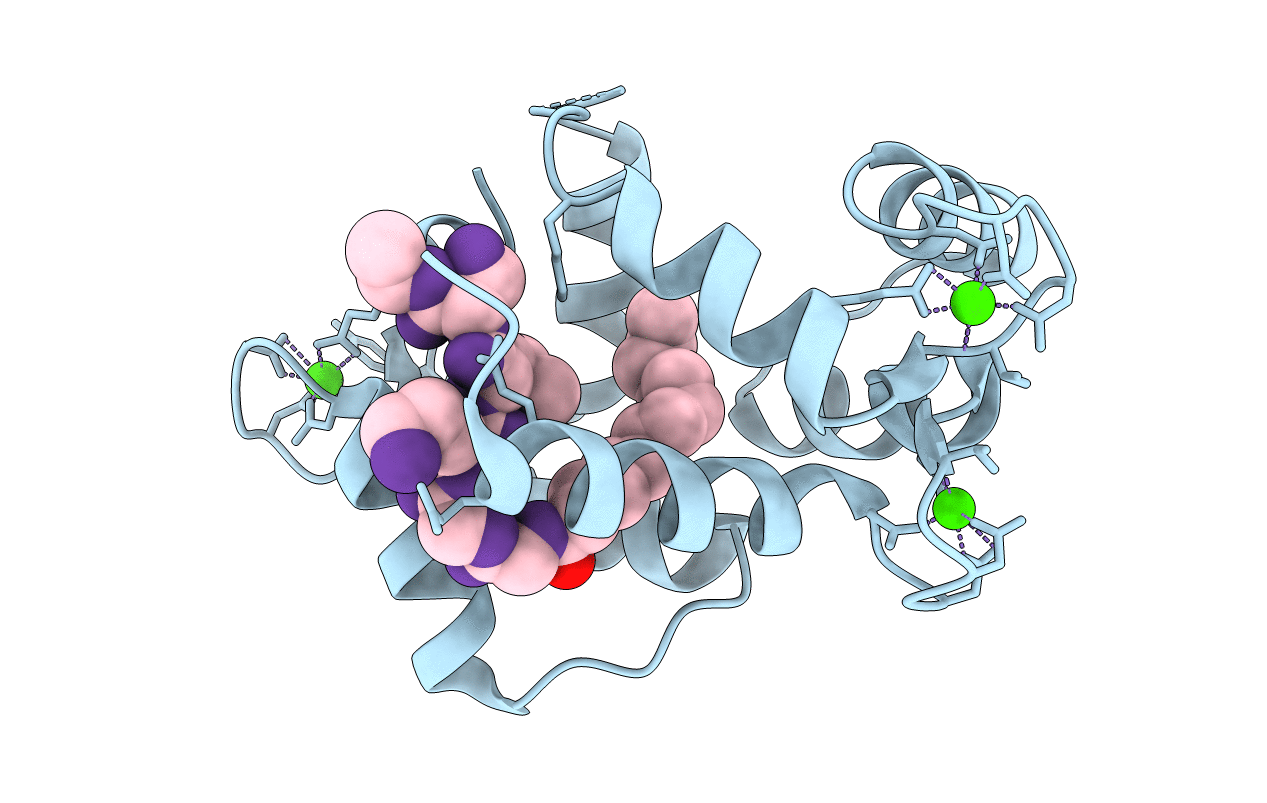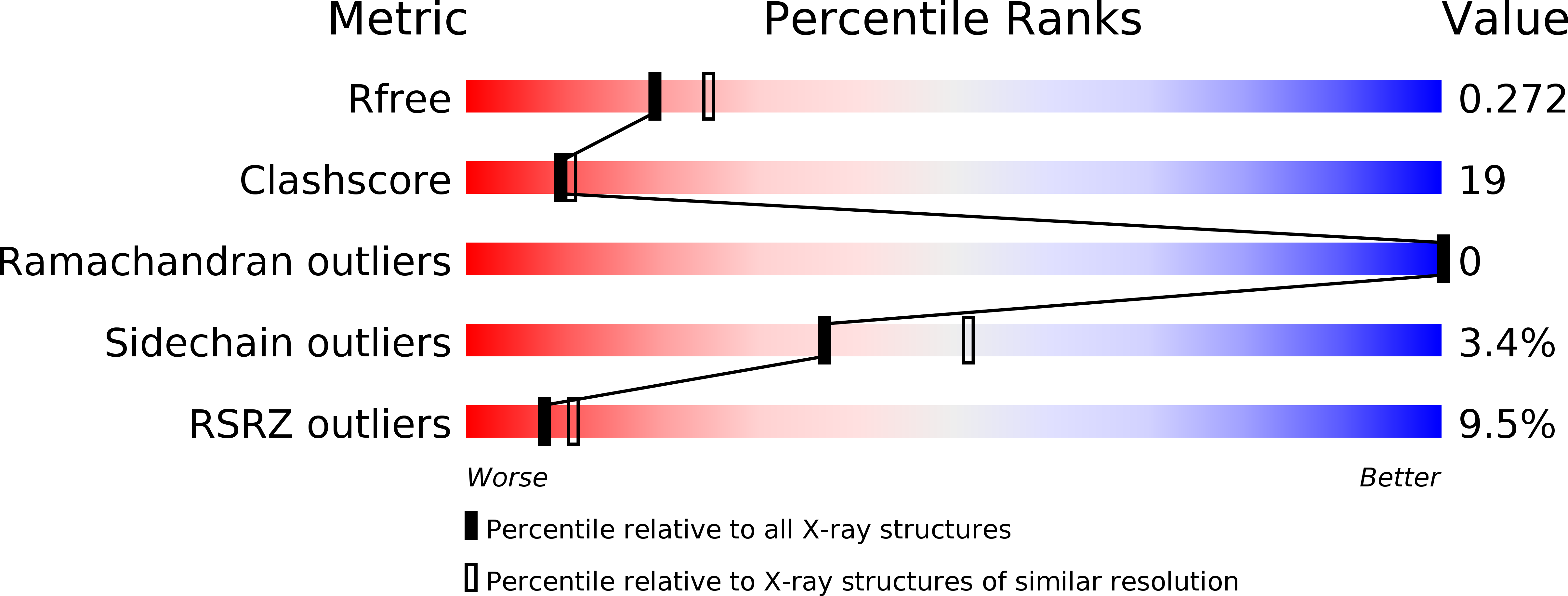
Deposition Date
2002-03-18
Release Date
2003-09-16
Last Version Date
2024-11-06
Entry Detail
PDB ID:
1L7Z
Keywords:
Title:
Crystal structure of Ca2+/Calmodulin complexed with myristoylated CAP-23/NAP-22 peptide
Biological Source:
Source Organism:
Homo sapiens (Taxon ID: 9606)
Host Organism:
Method Details:
Experimental Method:
Resolution:
2.30 Å
R-Value Free:
0.26
R-Value Work:
0.23
R-Value Observed:
0.24
Space Group:
P 32 2 1


